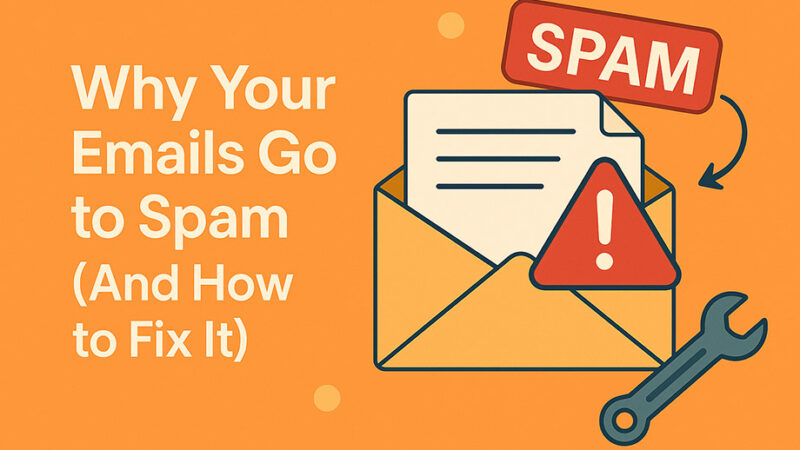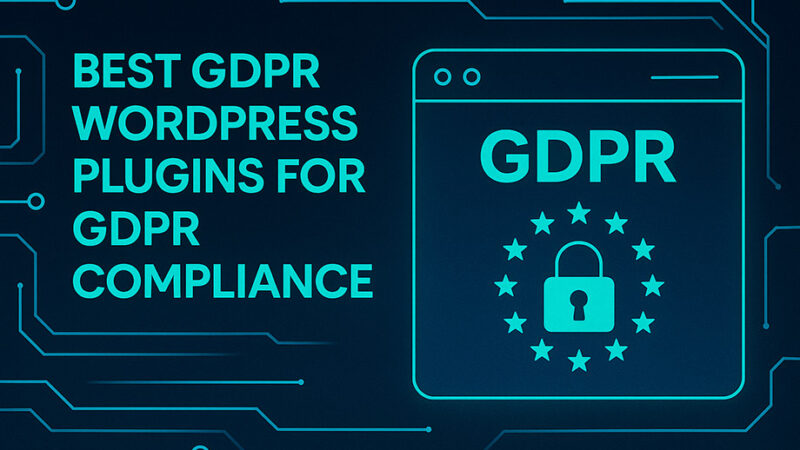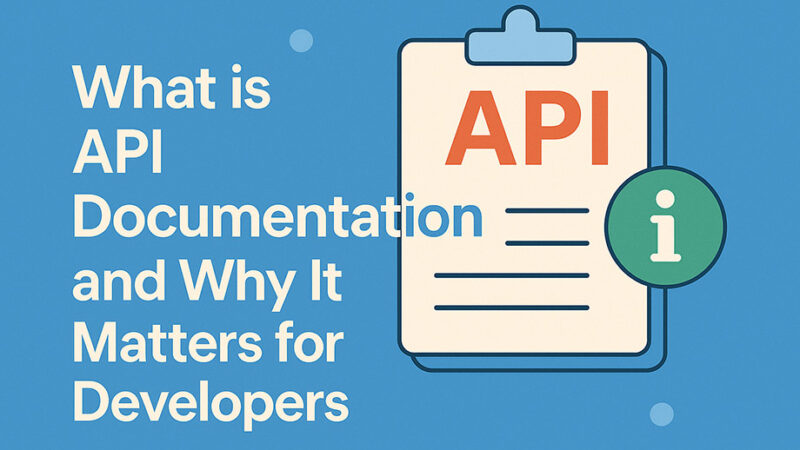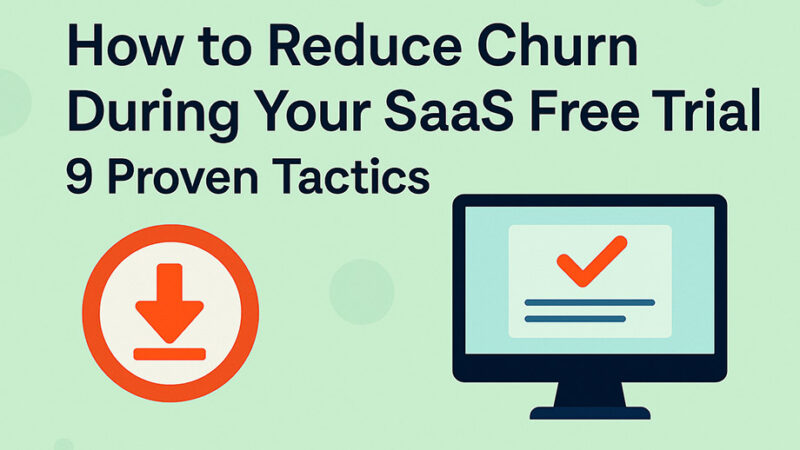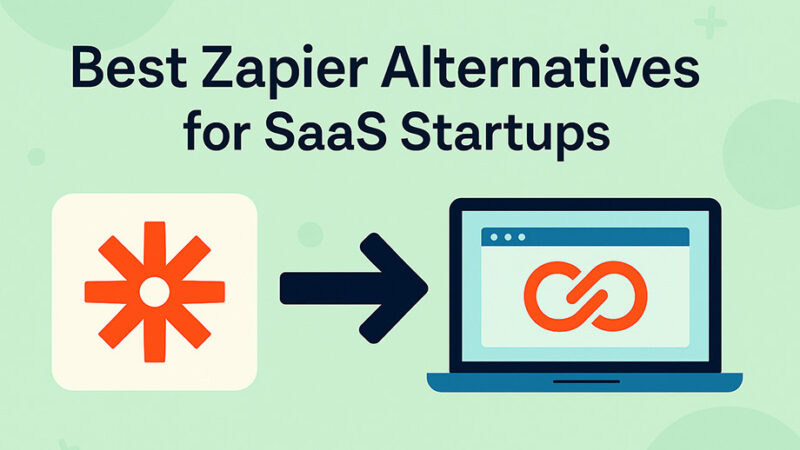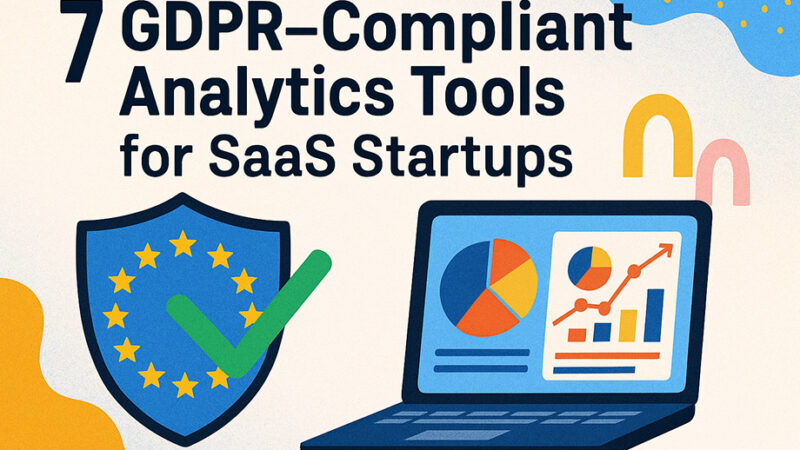Webhook vs API: The Developer’s Decision Framework
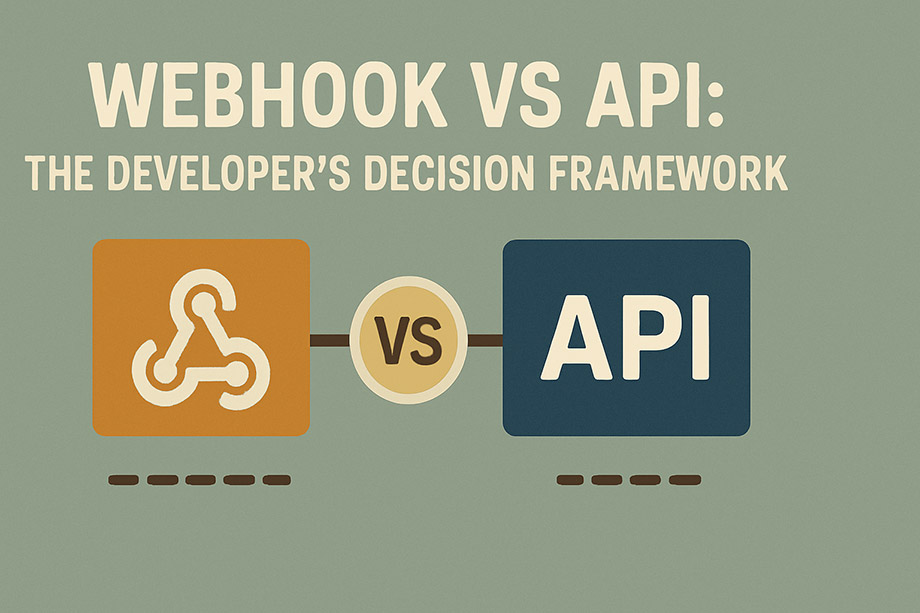
You’re deep in planning your next integration project when the inevitable question surfaces: “Should we use webhooks or APIs for this?” It’s a question that can make or break your system’s efficiency, and the wrong choice often reveals itself months later through poor performance, frustrated users, or mounting technical debt.
Here’s the reality: there’s no universal “right” answer. But there is a systematic way to make this decision that will save you from costly mistakes and late-night debugging sessions.
The Mental Model That Changes Everything
Before diving into technical specifications, let’s establish a mental framework that will guide every webhook vs API decision you’ll ever make:
APIs are conversations. You walk up to someone and ask a specific question. They respond with exactly what you asked for. The conversation happens when you initiate it.
Webhooks are notifications. Someone taps you on the shoulder when something important happens. You don’t control when, but you know it matters. The conversation happens when events occur.
This fundamental difference in communication patterns determines everything else about how these technologies should be used.
The Real-World Decision Framework
Start With These Three Questions
1. Who needs to control the timing?
If your application needs data at a specific moment (user clicks refresh, dashboard loads, form submits), that’s API territory. You’re in control.
If you need to react when external events happen (payment completes, user signs up, file uploads), that’s webhook territory. The external system controls timing.
2. What’s the data frequency and urgency?
- High frequency, low urgency: API polling might work fine
- Low frequency, high urgency: Webhooks are perfect
- High frequency, high urgency: You probably need both
- Low frequency, low urgency: Either works, choose based on other factors
3. How much data are you moving?
APIs excel at complex data operations—filtering, sorting, pagination, selective field retrieval. Webhooks are typically lightweight notifications with minimal payload.
When APIs Win: The Control Scenarios
Data-Heavy Operations
// Perfect for APIs - Complex queries with specific requirements
const getFilteredOrders = async (filters) => {
const response = await fetch('/api/orders', {
method: 'POST',
body: JSON.stringify({
status: filters.status,
dateRange: filters.dateRange,
limit: 50,
offset: filters.page * 50,
include: ['customer', 'items', 'shipping']
})
});
return response.json();
};
User-Initiated Actions
APIs shine when users expect immediate feedback:
- Search functionality
- Form submissions
- Dashboard data loading
- File uploads with progress tracking
- Real-time validation
State Management
When your application needs to maintain consistent state or perform complex business logic:
- Multi-step workflows
- Transaction processing
- Data synchronization
- Cache management
When Webhooks Win: The Event-Driven Scenarios
Real-Time Notifications
// Perfect for webhooks - Immediate response to external events
app.post('/webhook/payment-complete', (req, res) => {
const { orderId, amount, status } = req.body;
// Process immediately without polling
if (status === 'completed') {
processOrder(orderId);
sendConfirmationEmail(orderId);
updateInventory(orderId);
}
res.status(200).send('OK');
});
Automation Triggers
Webhooks excel at “when X happens, do Y” scenarios:
- Payment processing
- User onboarding workflows
- Content moderation
- Backup triggers
- Alert systems
Resource Efficiency
When you want to avoid the overhead of constant polling:
- Monitoring external services
- Waiting for long-running processes
- Tracking file processing
- Synchronizing with third-party systems
The Hybrid Approach: Why You Often Need Both
Most production systems use APIs and webhooks together. Here’s a common pattern:
// Webhook receives the event notification
app.post('/webhook/order-update', (req, res) => {
const { orderId, status } = req.body;
// Webhook tells us WHAT happened
if (status === 'shipped') {
// API call gets the details
fetchOrderDetails(orderId).then(order => {
updateTrackingInfo(order);
notifyCustomer(order);
});
}
res.status(200).send('OK');
});
// API provides detailed data on demand
const fetchOrderDetails = async (orderId) => {
const response = await fetch(`/api/orders/${orderId}?include=tracking,customer`);
return response.json();
};
This pattern gives you the best of both worlds: instant event awareness plus detailed data when needed.
The Technical Reality Check
API Considerations
Authentication & Security
- APIs require robust authentication (API keys, OAuth, JWT)
- Rate limiting is essential
- Request/response validation needed
- CORS considerations for browser requests
Performance Implications
- Client controls request frequency
- Caching strategies crucial for performance
- Connection pooling and management
- Error handling and retry logic
Development Complexity
- More upfront development work
- Complex error handling scenarios
- Client-side state management
- Pagination and data chunking
Webhook Considerations
Reliability Challenges
// Webhook endpoints need robust error handling
app.post('/webhook/endpoint', (req, res) => {
try {
// Process webhook
processWebhook(req.body);
res.status(200).send('OK');
} catch (error) {
// Log for retry mechanisms
console.error('Webhook processing failed:', error);
res.status(500).send('Processing failed');
}
});
Infrastructure Requirements
- Endpoints must be publicly accessible
- SSL/TLS encryption required
- Idempotency handling crucial
- Retry mechanisms needed
- Webhook verification important
Debugging Difficulties
- Harder to test in development
- Event timing can be unpredictable
- Failure scenarios more complex
- Monitoring and observability critical
Decision Matrix: A Practical Tool
Use this matrix to evaluate your specific use case:
| Factor | API Score | Webhook Score | Weight | Decision |
|---|---|---|---|---|
| Need immediate control | +2 | -1 | High | |
| Event-driven requirements | -1 | +2 | High | |
| Complex data operations | +2 | -1 | Medium | |
| Resource efficiency priority | -1 | +2 | Medium | |
| Development time constraints | +1 | -1 | Low | |
| Total Weighted Score |
Score each factor, multiply by weight, sum the totals. Higher score wins.
Common Anti-Patterns to Avoid
The Polling Trap
// DON'T: Constant polling when webhooks would work better
setInterval(async () => {
const orders = await fetch('/api/orders?status=pending');
checkForUpdates(orders);
}, 5000); // Every 5 seconds - wasteful!
// DO: Use webhooks for event-driven updates
app.post('/webhook/order-status', (req, res) => {
const { orderId, status } = req.body;
handleOrderUpdate(orderId, status);
res.status(200).send('OK');
});
The Webhook Overload
// DON'T: Using webhooks for data-heavy operations
app.post('/webhook/generate-report', (req, res) => {
// Webhooks aren't meant for heavy processing
generateComplexReport(req.body); // This will timeout!
res.status(200).send('OK');
});
// DO: Use APIs for complex operations
app.post('/api/reports/generate', async (req, res) => {
const reportId = await initiateReportGeneration(req.body);
res.json({ reportId, status: 'processing' });
});
Implementation Best Practices
For APIs
- Design for idempotency – Same request should produce same result
- Implement proper rate limiting – Protect your servers from abuse
- Use appropriate HTTP status codes – Make debugging easier
- Version your APIs – Plan for future changes
- Provide comprehensive documentation – Reduce integration friction
For Webhooks
- Verify webhook signatures – Ensure requests are legitimate
- Implement retry logic – Handle temporary failures gracefully
- Process asynchronously – Don’t block the webhook response
- Log everything – Webhook debugging requires good observability
- Handle duplicate events – Implement idempotency on the receiving end
The Future-Proofing Factor
When making your decision, consider how your requirements might evolve:
Choose APIs when:
- Requirements are likely to become more complex
- You’re building a platform others will integrate with
- Data access patterns may change significantly
- You need fine-grained control over operations
Choose Webhooks when:
- You’re integrating with external services
- Real-time responsiveness is critical
- Resource efficiency is a major concern
- Event-driven architecture aligns with your system design
Making the Call
The webhook vs API decision isn’t about finding the “best” technology—it’s about finding the right fit for your specific requirements. Use this framework:
- Analyze your communication pattern (conversation vs notification)
- Evaluate timing requirements (on-demand vs event-driven)
- Consider technical constraints (infrastructure, security, complexity)
- Plan for scale (performance, reliability, maintainability)
- Factor in team expertise (development and operational capabilities)
Remember: the best architecture often uses both technologies strategically. Webhooks for event awareness, APIs for data operations, and careful consideration of where each adds the most value.
The next time you face this decision, you’ll have a systematic approach rather than relying on gut feeling. Your future self (and your teammates) will thank you for the thoughtful architecture choices you make today.


